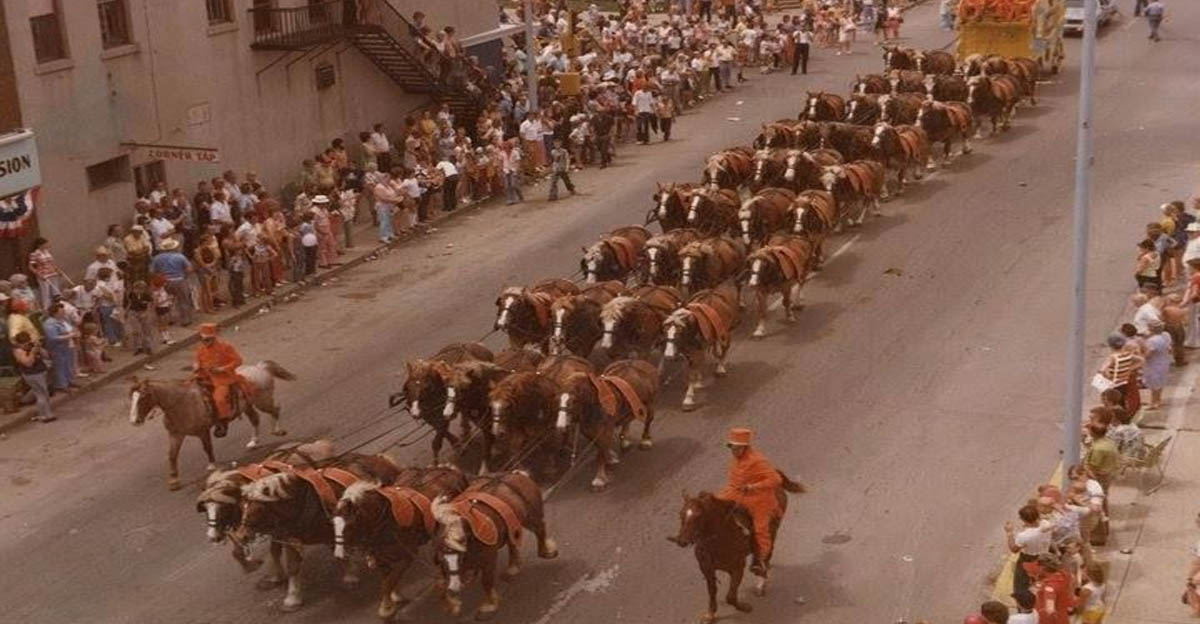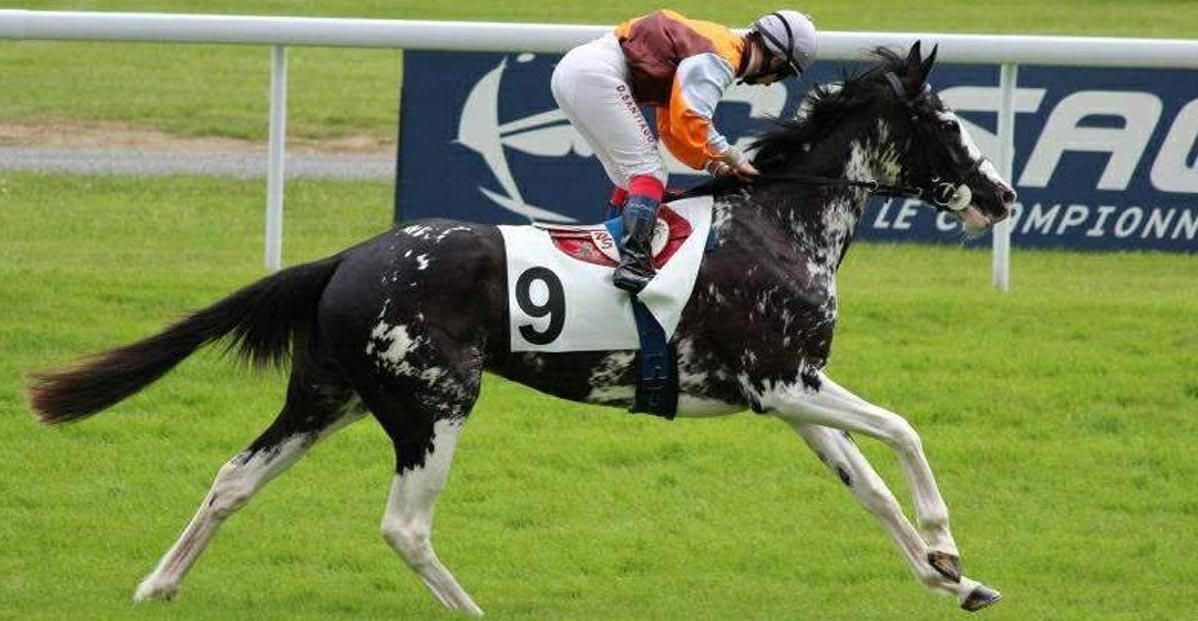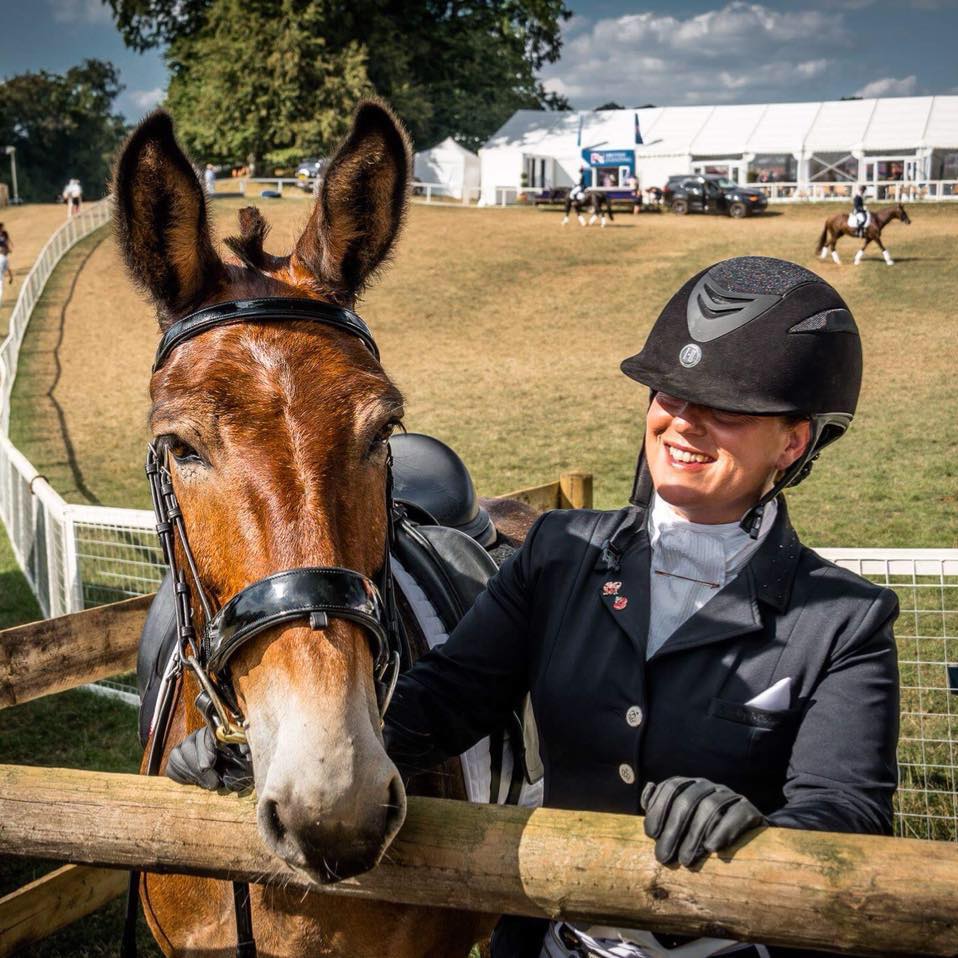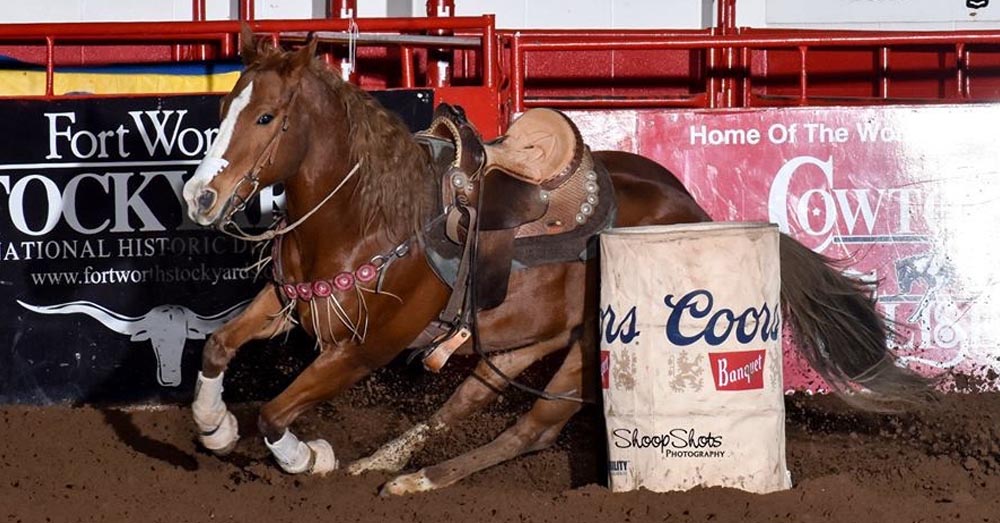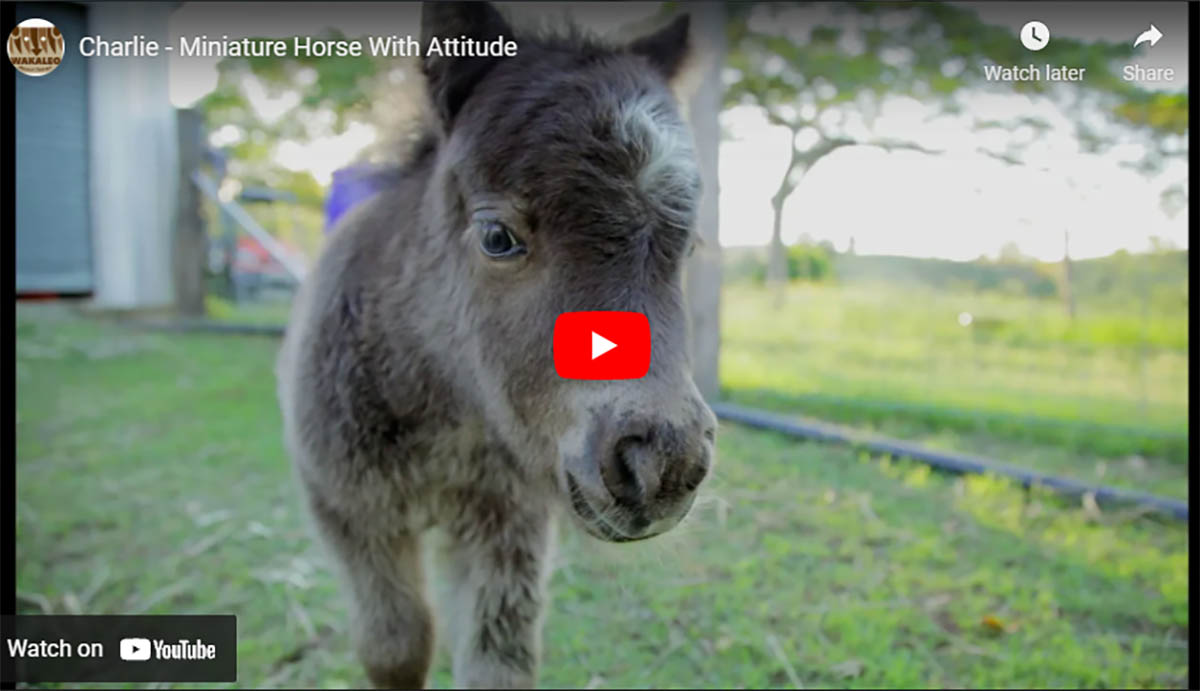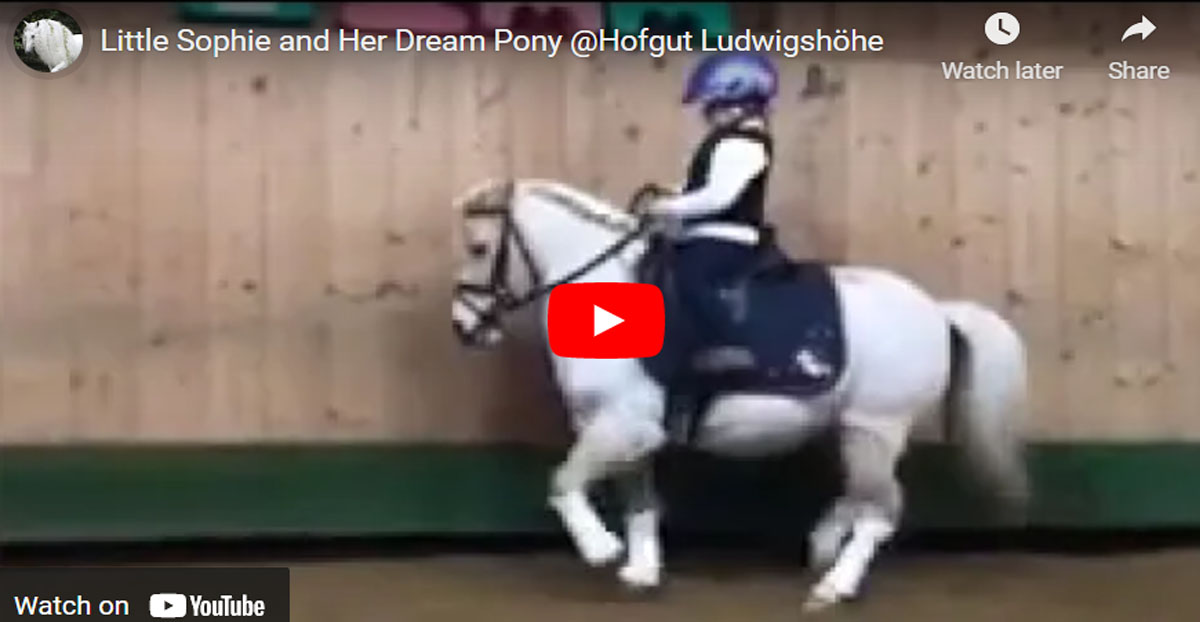Equestrian: the Ultimate Team Sport
Of all the sports in the world, none resemble art as much as Equestrian. Equestrian, also called Horsemanship, is actually considered as competitive aesthetics in many circles. But this is somewhat misleading, as Equestrian most definitely requires a combination of skill and form.
The term Equestrian literally pertains to the rider of the horse. The proper designation for the sport should be Equestrianism, which is a broad label for the riding of a horse for practical and recreational purposes. Throughout the years, however, the term Equestrian has been accepted as a proper label for the sport.
Equestrian involves the handling, training and riding of horses, and requires the rider to control the animals gait and speed with utmost efficiency and minimal effort. Generally, all of this activity culminates in an Equestrian competition where the rider is expected to manoeuvre the horse through a field populated with a series of obstacles. More than completion of the course, the horse and the rider are judged based on grace and unity of movement.
Equestrian has always been viewed as a sport for noblemen. It seems that in recent centuries, only the rich were able to enjoy Equestrian, as they alone had the means to purchase a horse and train it well. This is a misconception though, as Equestrian is quite accessible and there are many means available to learn the basics of the sport. One such opportunity might be to offer an exchange of your skills or labor for riding lessons. Another possibility would be for several people to combine their funds to purchase a horse and share the upkeep expense of maintaining the horse.
Horse control in Equestrian is achieved by four fundamental aspects: balance, seat, hands, and legs. The rider would manipulate these factors to control and conform the movements of the horse. The objective being unity of the horse and rider, resulting in a beautiful show of grace and poise.
In Equestrian, the rider and the horse are judged based on the latter’s set of movements. These are the walk, the trot, the canter and the gallop. In some equestrian competitions, the canter and the gallop are considered as one.
Overruling the horse is the worst sin in Equestrian contests. The rider is expected to smoothly work with the horse, and any forceful action is severely penalized. In essence, Equestrian requires that both the rider and the horse should move as one cohesive unit.
In Equestrian, the rider communicates with the horse through a combination of recognized movements of hands and legs, using several types of equipment such as bits, halters and bridles. It goes without saying that a bond is required between the horse and rider. This bond is developed only be working together and jointly undergoing comprehensive training.
An important factor in creating this team effort is that both the rider and the horse need to be properly outfitted and equipped. The rider needs to eat properly to maintain the stamina needed for rigorous training and competition. The rider needs to have proper riding apparel, either for in the arena or properly outfitted for the weather. Riding helmets are often required in competition for safety purposes. The horse also needs to be given proper nutrition to be able to perform as an athlete. Proper apparel is essential. A good example would be horse boots, these can be performance boots, galloping boots, or skid boots to prevent the horse from slipping on slick surfaces. Horse apparel can include such things as Anti-Sweat sheets, hoods and shoulder guards, all of which can be custom monogrammed if that is your preference.
As it is believed by many, Equestrian is as much a team sport as other disciplines. That team consists of the rider and the horse, and their accord is the key to victory.
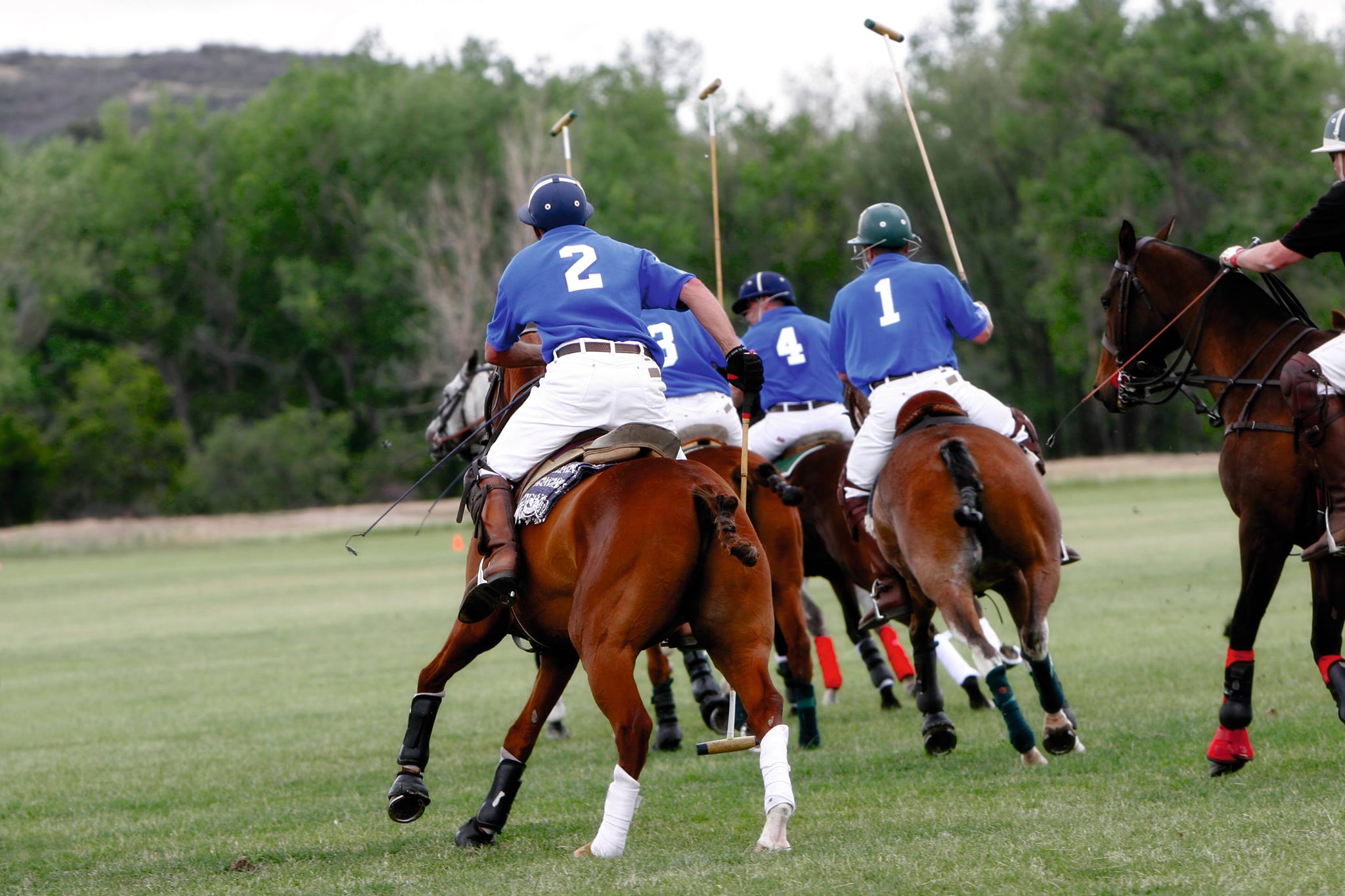
The term Equestrian literally pertains to the rider of the horse. The proper designation for the sport should be Equestrianism, which is a broad label for the riding of a horse for practical and recreational purposes. Throughout the years, however, the term Equestrian has been accepted as a proper label for the sport.
Equestrian involves the handling, training and riding of horses, and requires the rider to control the animals gait and speed with utmost efficiency and minimal effort. Generally, all of this activity culminates in an Equestrian competition where the rider is expected to manoeuvre the horse through a field populated with a series of obstacles. More than completion of the course, the horse and the rider are judged based on grace and unity of movement.
Equestrian has always been viewed as a sport for noblemen. It seems that in recent centuries, only the rich were able to enjoy Equestrian, as they alone had the means to purchase a horse and train it well. This is a misconception though, as Equestrian is quite accessible and there are many means available to learn the basics of the sport. One such opportunity might be to offer an exchange of your skills or labor for riding lessons. Another possibility would be for several people to combine their funds to purchase a horse and share the upkeep expense of maintaining the horse.
Horse control in Equestrian is achieved by four fundamental aspects: balance, seat, hands, and legs. The rider would manipulate these factors to control and conform the movements of the horse. The objective being unity of the horse and rider, resulting in a beautiful show of grace and poise.
In Equestrian, the rider and the horse are judged based on the latter’s set of movements. These are the walk, the trot, the canter and the gallop. In some equestrian competitions, the canter and the gallop are considered as one.
Overruling the horse is the worst sin in Equestrian contests. The rider is expected to smoothly work with the horse, and any forceful action is severely penalized. In essence, Equestrian requires that both the rider and the horse should move as one cohesive unit.
In Equestrian, the rider communicates with the horse through a combination of recognized movements of hands and legs, using several types of equipment such as bits, halters and bridles. It goes without saying that a bond is required between the horse and rider. This bond is developed only be working together and jointly undergoing comprehensive training.
An important factor in creating this team effort is that both the rider and the horse need to be properly outfitted and equipped. The rider needs to eat properly to maintain the stamina needed for rigorous training and competition. The rider needs to have proper riding apparel, either for in the arena or properly outfitted for the weather. Riding helmets are often required in competition for safety purposes. The horse also needs to be given proper nutrition to be able to perform as an athlete. Proper apparel is essential. A good example would be horse boots, these can be performance boots, galloping boots, or skid boots to prevent the horse from slipping on slick surfaces. Horse apparel can include such things as Anti-Sweat sheets, hoods and shoulder guards, all of which can be custom monogrammed if that is your preference.
As it is believed by many, Equestrian is as much a team sport as other disciplines. That team consists of the rider and the horse, and their accord is the key to victory.



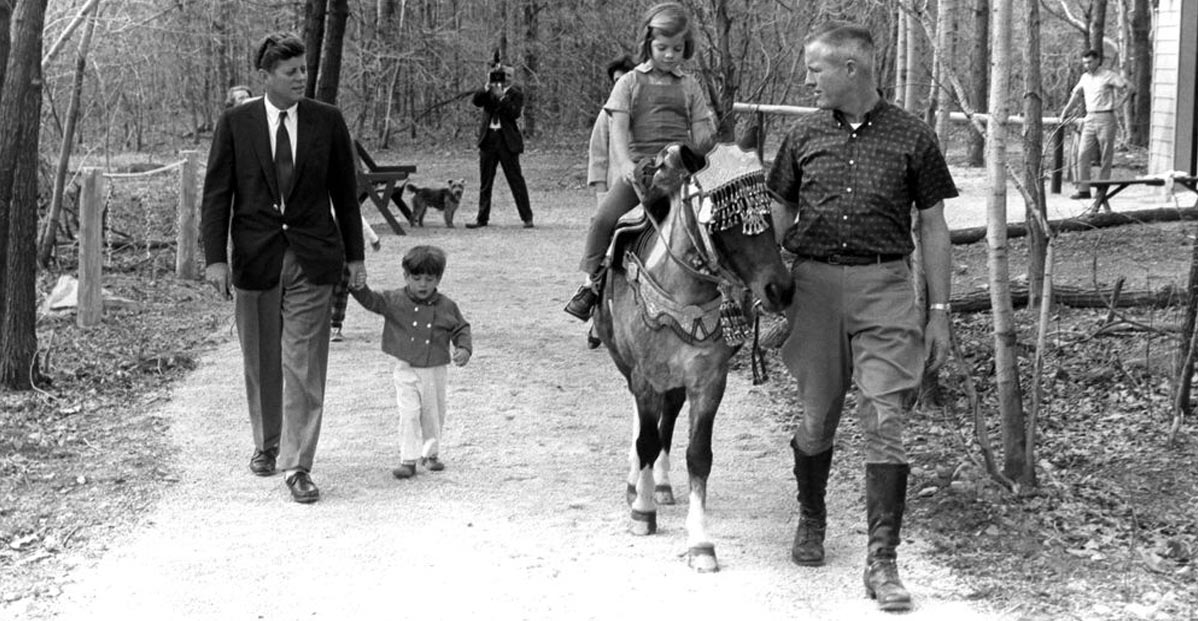




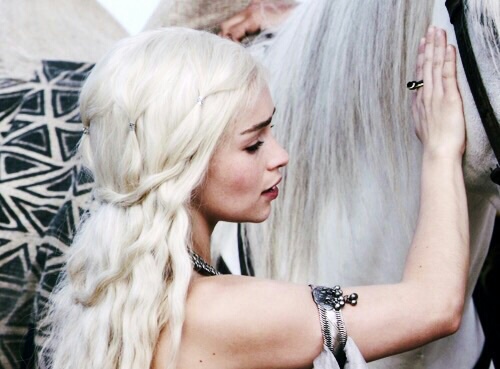

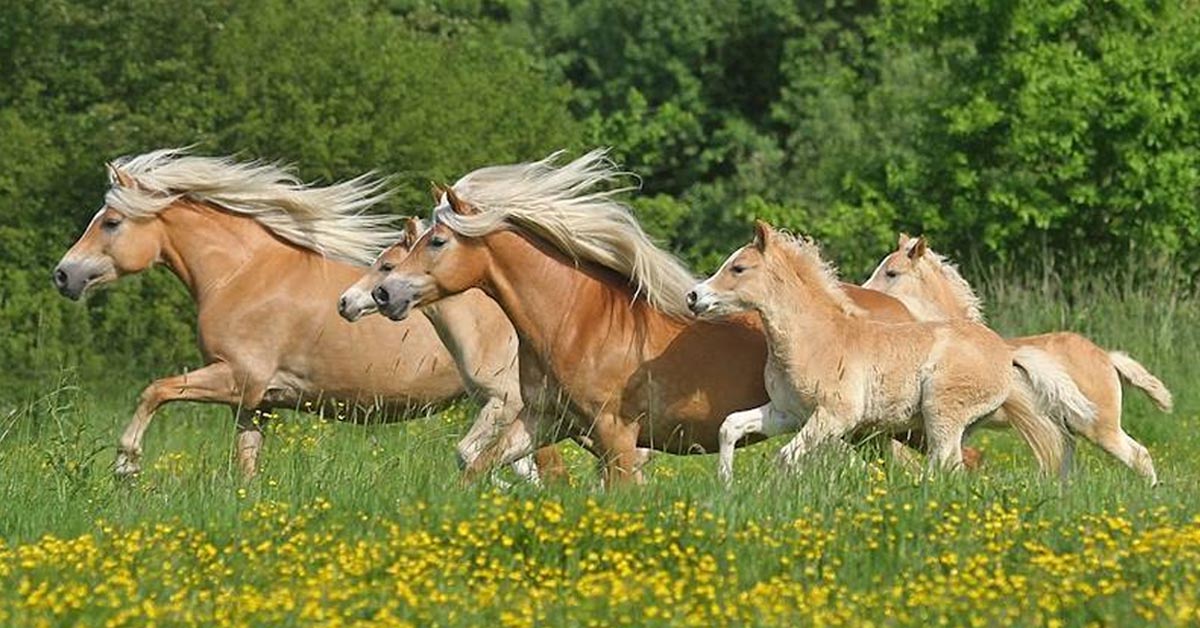
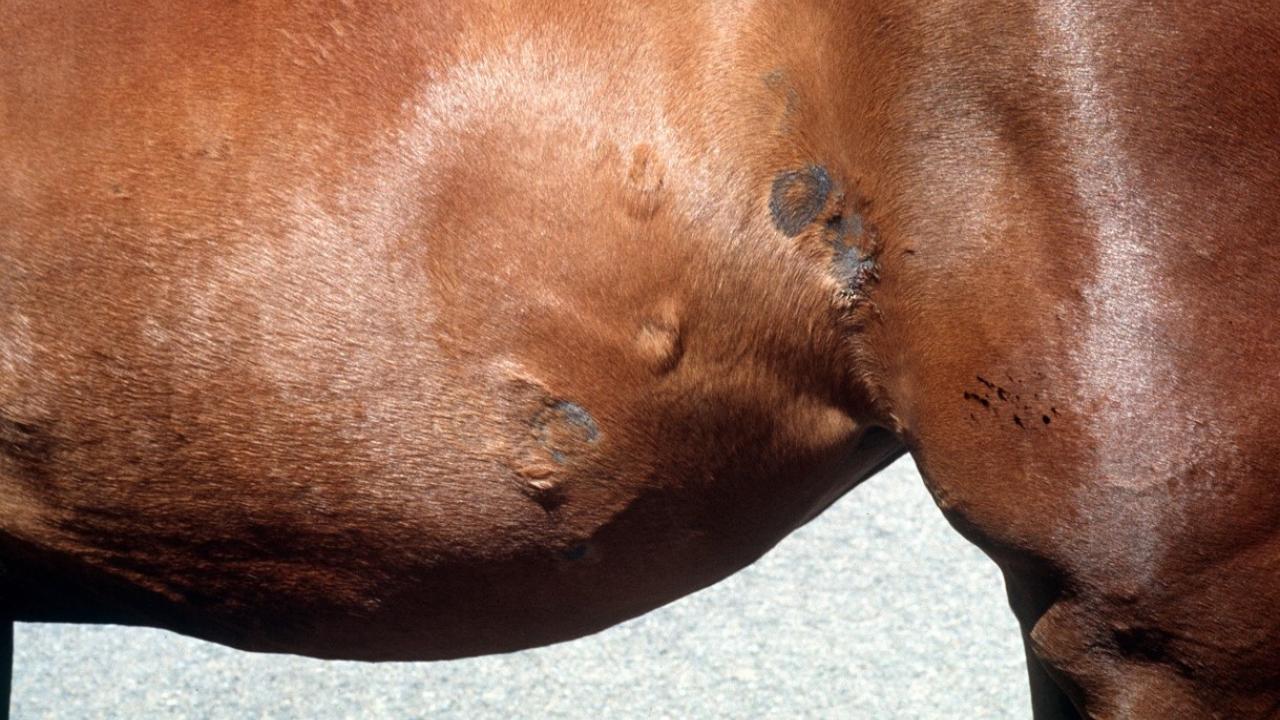
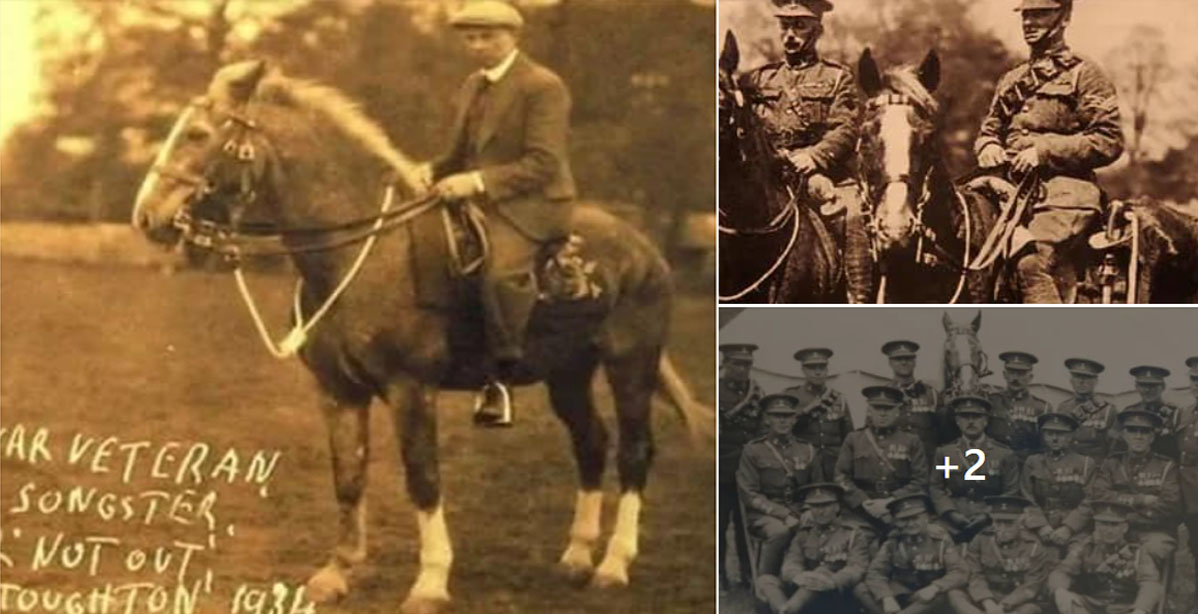

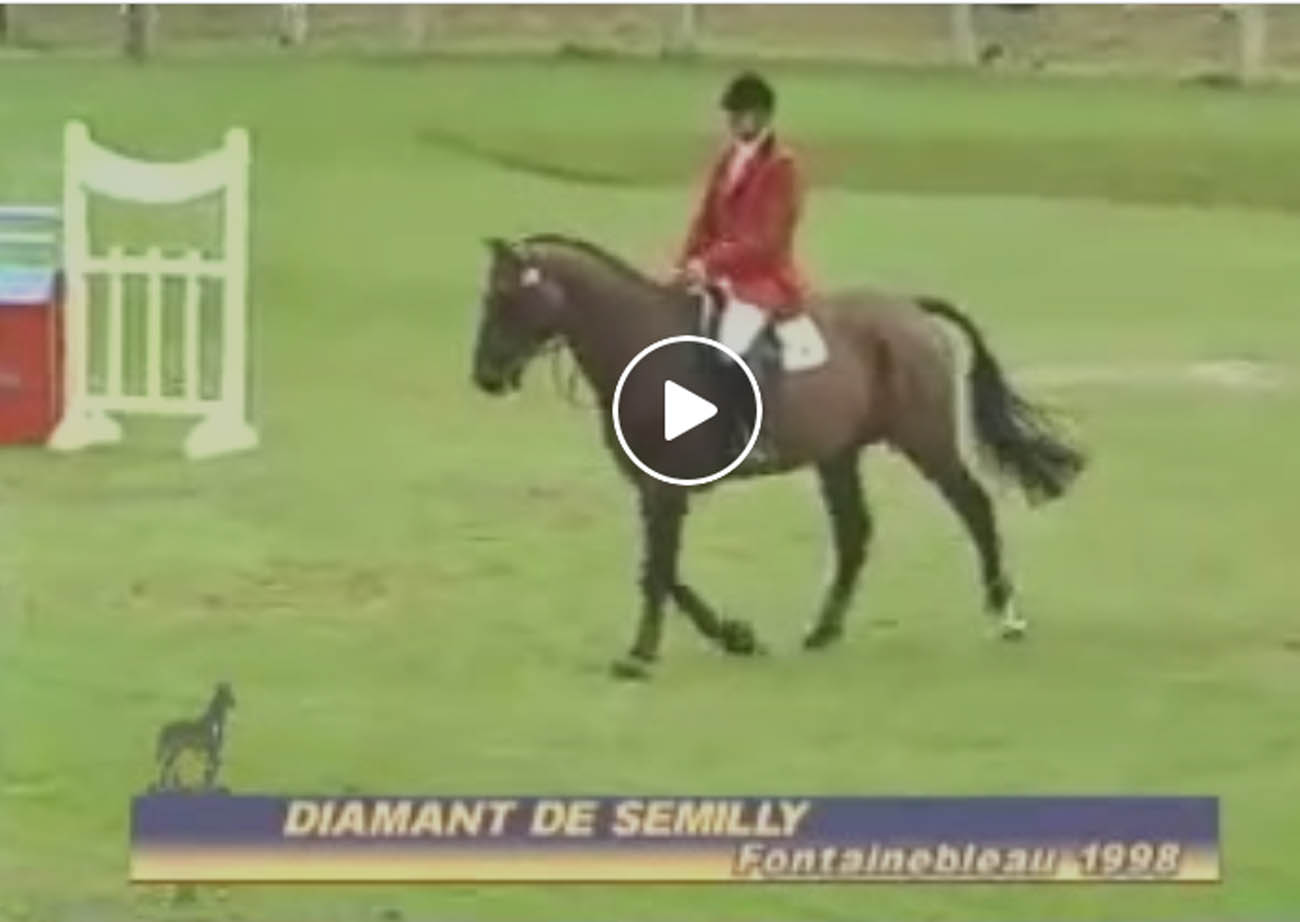
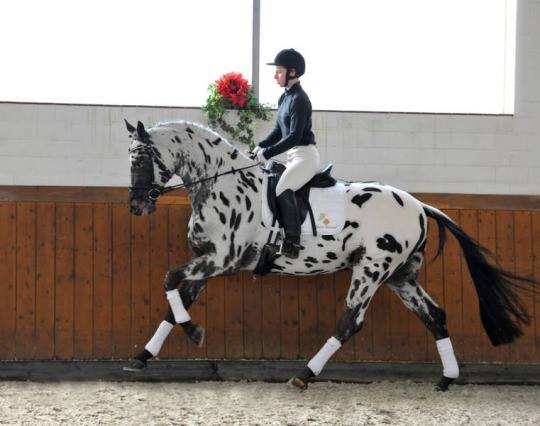
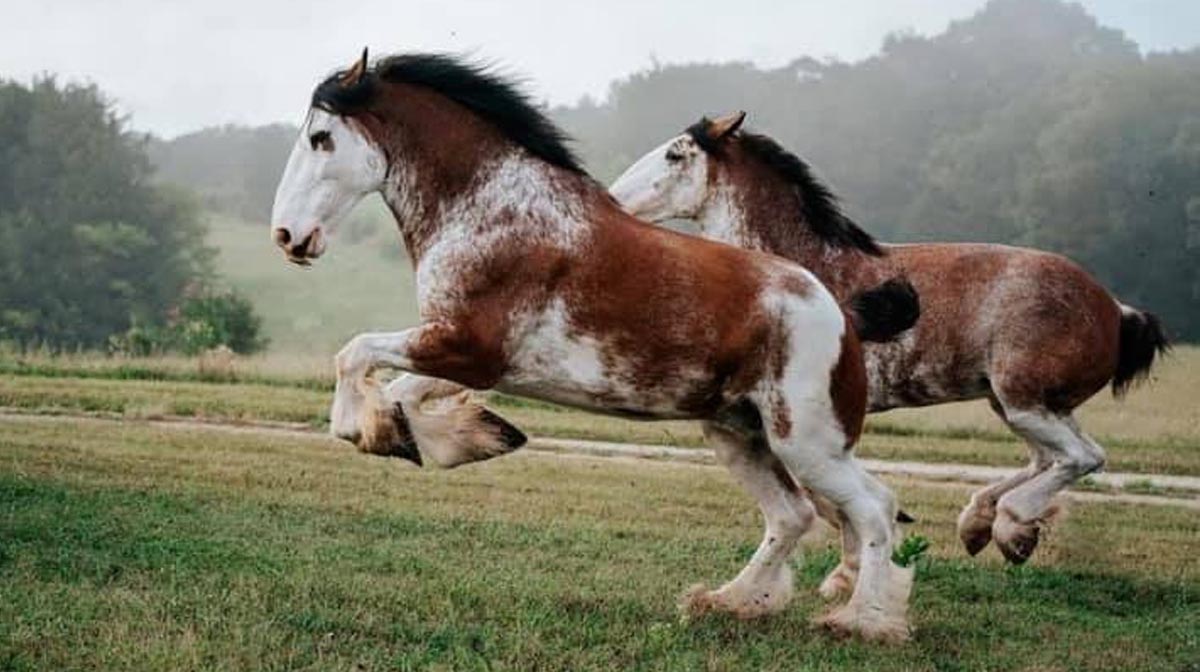
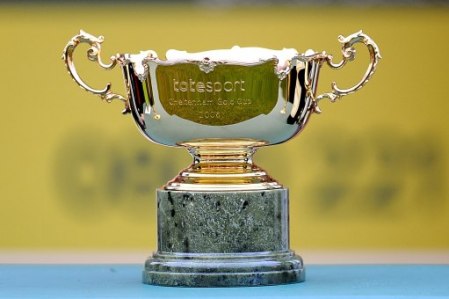
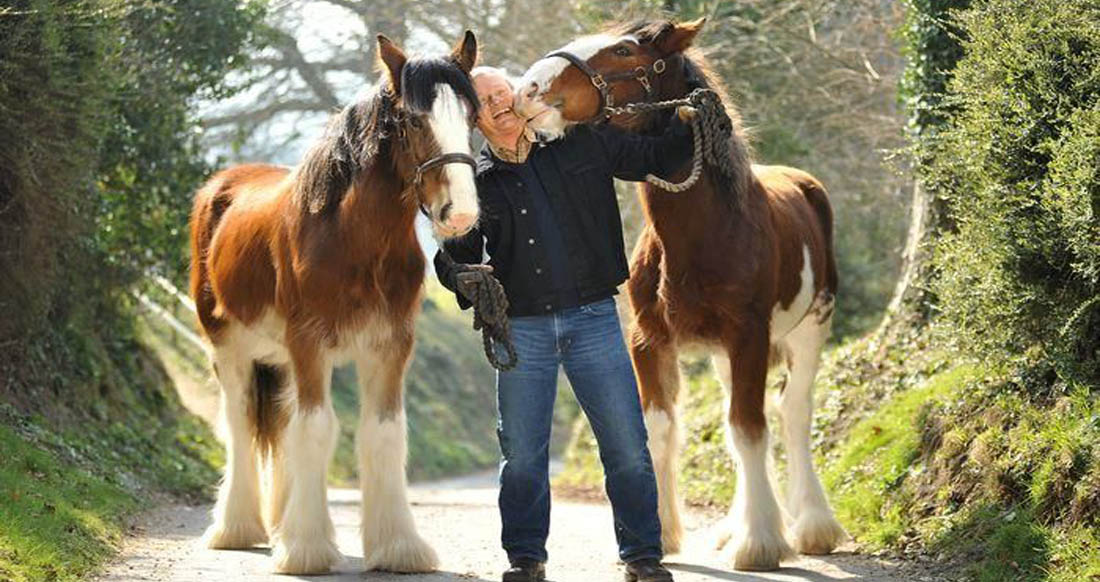
.jpg)

